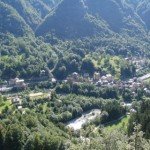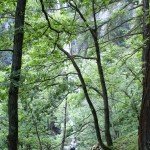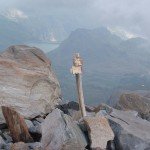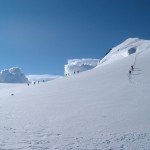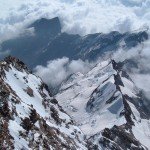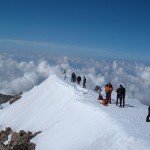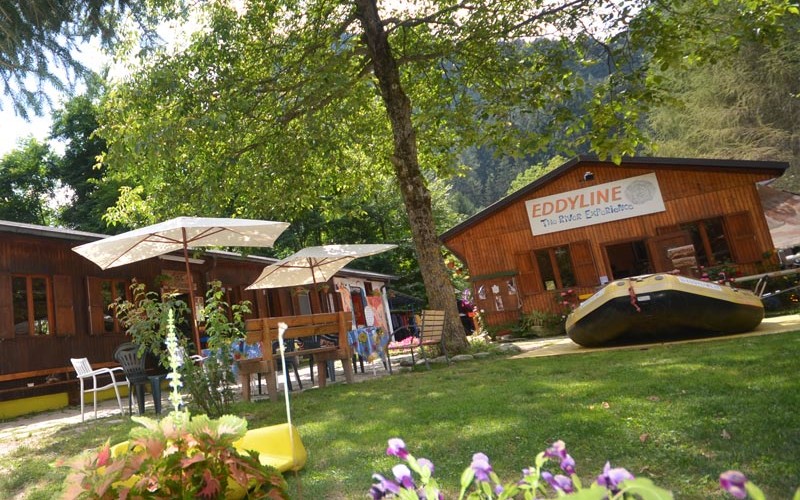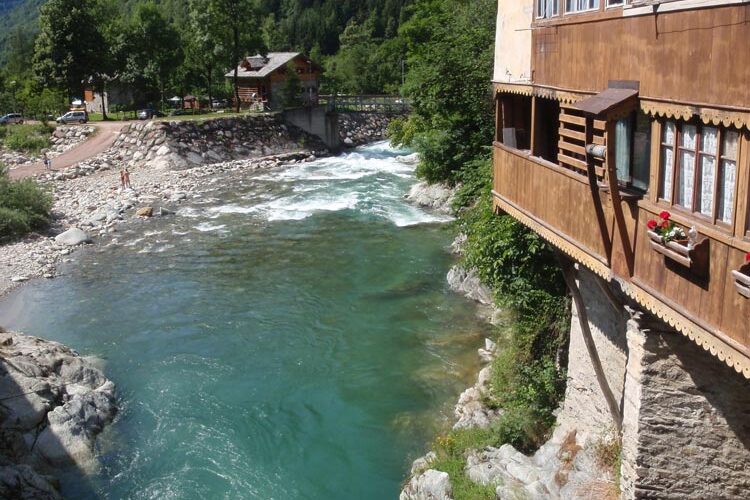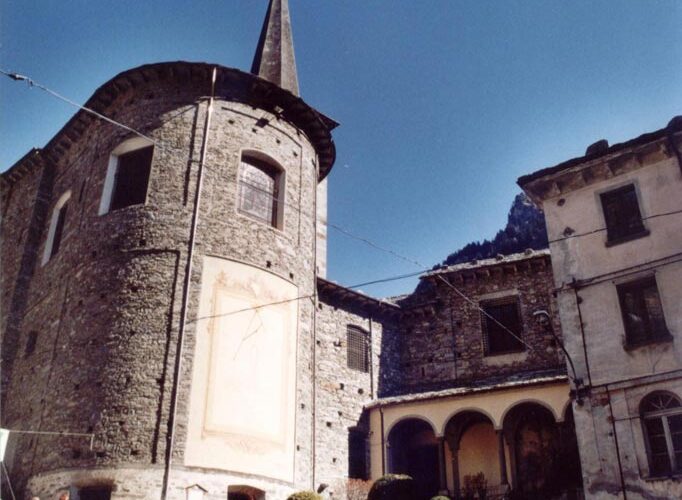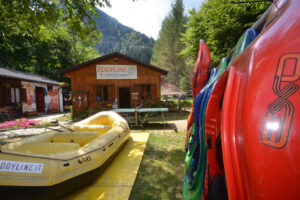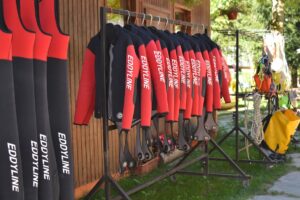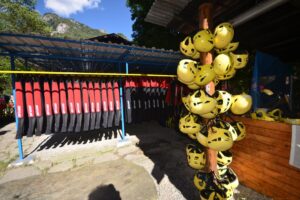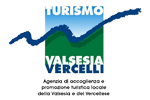The human presence in the area is very ancient, in fact the remains of human settlements dating back to the Middle Paleolithic have been found in the karst caves of Mount Fenera, an important archaeological area not far from Borgosesia in the lower Valsesia.
Evidence has also been found of Celtic settlements, a proud and warrior people, who were followed by Roman domination which brought structures and institutions. In the Middle Ages we instead find Lombards, Franks, Counts and various Lordships who established a heavy feudal yoke, where however the valley always managed to maintain a dignified and important autonomy.
The Walser populations began to arrive in the Alagna basin, where their characteristic houses can still be admired, around the 13th century, first from Macugnaga, and later in the Alpe d’Otro from Gressoney.
In the early years of the 14th century. life in the valley was greatly disturbed by the presence of Brother Dolcino and his followers, who fought against the temporal power of the Church and the Clergy in general. Accused of heresy, they took refuge in Campertogno and then Rassa. They were fought by the militias sent on behalf of the Pope, but as Brother Dolcino was a great strategist as well as fighter, they always prevailed in the various battles, including the battle of Camproso (Red Field), which was held right in the Campertogno plain.
After this battle the Dociniani, at the time refugees in the Artogna Valley (Campertogno), moved, and the reason is not known, to the bald wall located above the hamlet of Quare (Campertogno).
In March 1306, after a particularly hard and cold winter, apparently following a betrayal as Umberto Eco also mentions in “The Name of the Rose”, the Dolcinians, attacked by papal troops, had to abandon the site to take refuge in the Biella area on Mount Ribello through the Vasnera pass.



